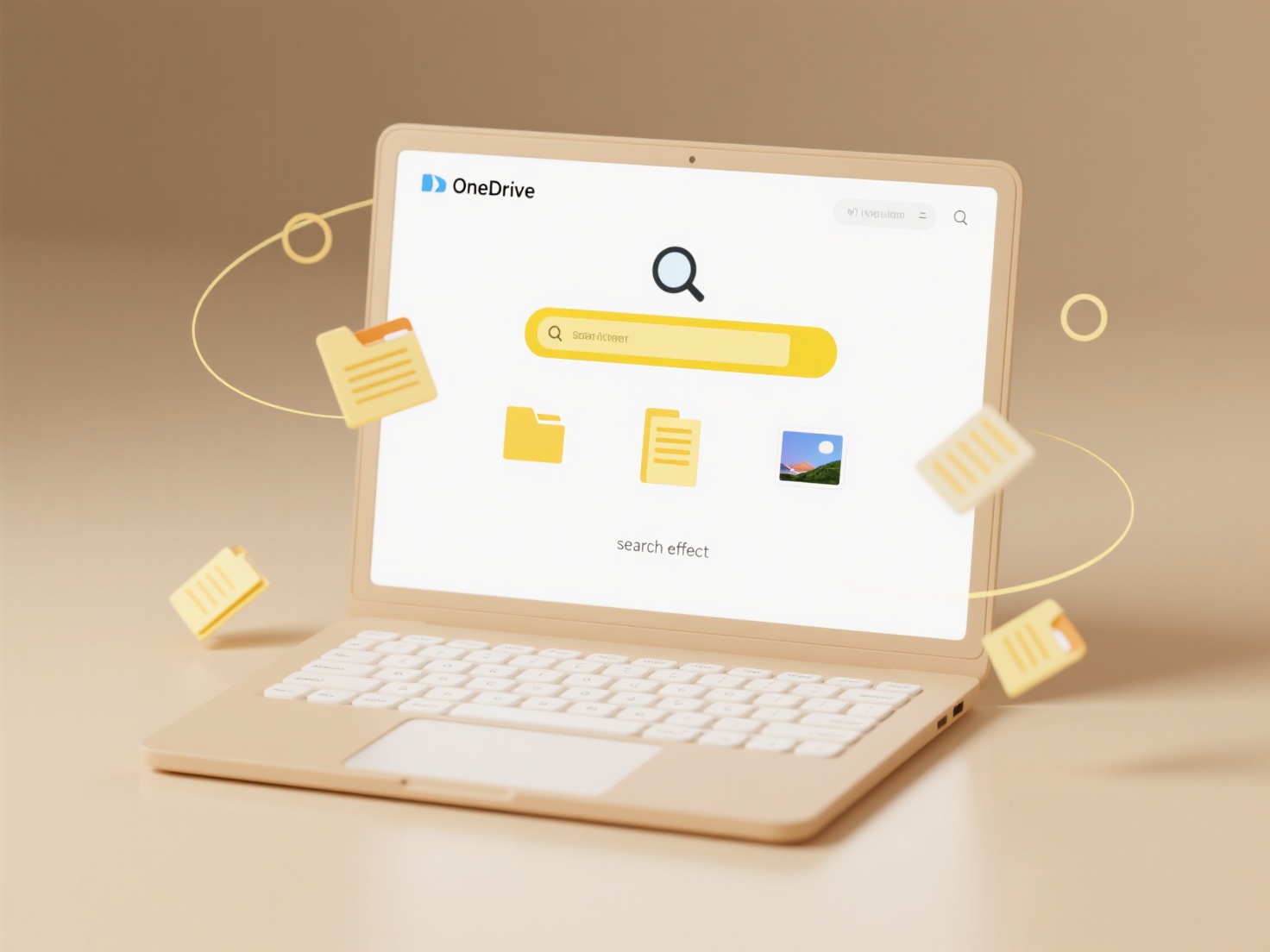
Files stuck in syncing occur when a cloud storage service or file synchronization tool (like OneDrive, Dropbox, or Google Drive) is unable to fully update the latest versions of your files across all your connected devices and the cloud. This usually happens due to underlying issues preventing the completion of the sync process, such as an unstable internet connection, conflicting file edits made simultaneously on different devices, hitting storage quota limits, files being too large, temporary software glitches, or a file being locked because it's in use by an application. It differs from a paused sync, which is often intentional user action.

A common practical example involves collaborating on a shared document within a cloud platform like Microsoft OneDrive. If multiple people edit the same document offline simultaneously, the sync can become stuck resolving the conflicting changes when they reconnect. Another frequent scenario is syncing photos from a smartphone to Google Drive or iCloud; weak or intermittent mobile network connectivity can cause large video files to remain perpetually 'uploading' and not complete the sync to the cloud.
The primary advantage of sync technology is seamless file accessibility across devices. However, a key limitation is its dependence on reliable connectivity and application stability; getting stuck interrupts workflow and collaboration. Practical workarounds include checking the internet connection, restarting the sync app/service, ensuring sufficient cloud storage space, closing files in use, and using platform-specific conflict resolution tools. Future developments aim to minimize such stalls through more robust conflict handling algorithms and proactive error notifications.
Why are my files stuck syncing?
Files stuck in syncing occur when a cloud storage service or file synchronization tool (like OneDrive, Dropbox, or Google Drive) is unable to fully update the latest versions of your files across all your connected devices and the cloud. This usually happens due to underlying issues preventing the completion of the sync process, such as an unstable internet connection, conflicting file edits made simultaneously on different devices, hitting storage quota limits, files being too large, temporary software glitches, or a file being locked because it's in use by an application. It differs from a paused sync, which is often intentional user action.

A common practical example involves collaborating on a shared document within a cloud platform like Microsoft OneDrive. If multiple people edit the same document offline simultaneously, the sync can become stuck resolving the conflicting changes when they reconnect. Another frequent scenario is syncing photos from a smartphone to Google Drive or iCloud; weak or intermittent mobile network connectivity can cause large video files to remain perpetually 'uploading' and not complete the sync to the cloud.
The primary advantage of sync technology is seamless file accessibility across devices. However, a key limitation is its dependence on reliable connectivity and application stability; getting stuck interrupts workflow and collaboration. Practical workarounds include checking the internet connection, restarting the sync app/service, ensuring sufficient cloud storage space, closing files in use, and using platform-specific conflict resolution tools. Future developments aim to minimize such stalls through more robust conflict handling algorithms and proactive error notifications.
Quick Article Links
What is the safest naming format for legal or regulatory files?
The safest naming format for legal or regulatory files prioritizes clarity, uniqueness, and consistency to prevent error...
How do I prevent confusion from similarly named exports?
When similarly named exports occur, multiple modules or files export identifiers with identical names, causing naming co...
Why do linked files not open correctly in Word or PowerPoint?
Linked files in Office applications are references to external content (like spreadsheets or images), not the actual dat...